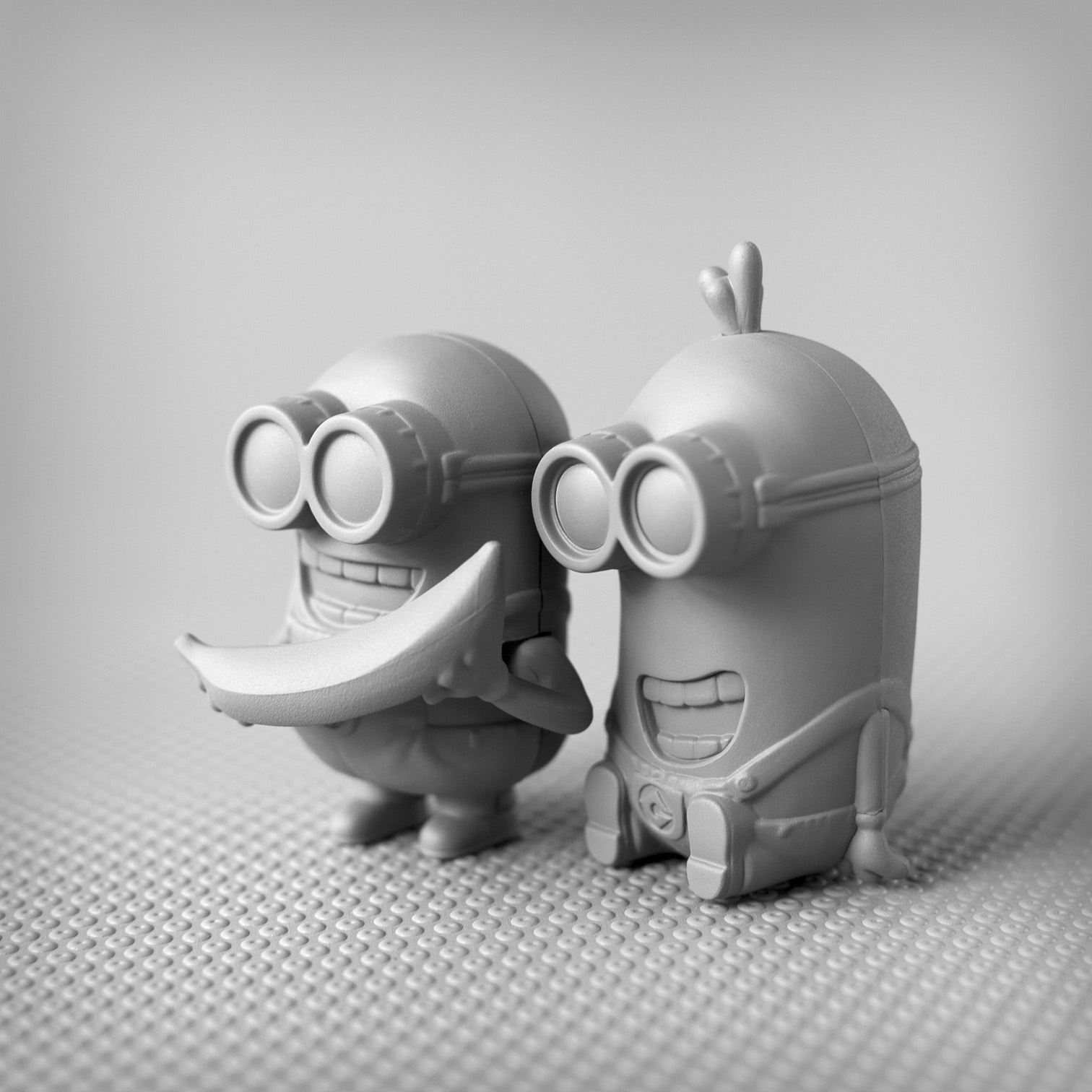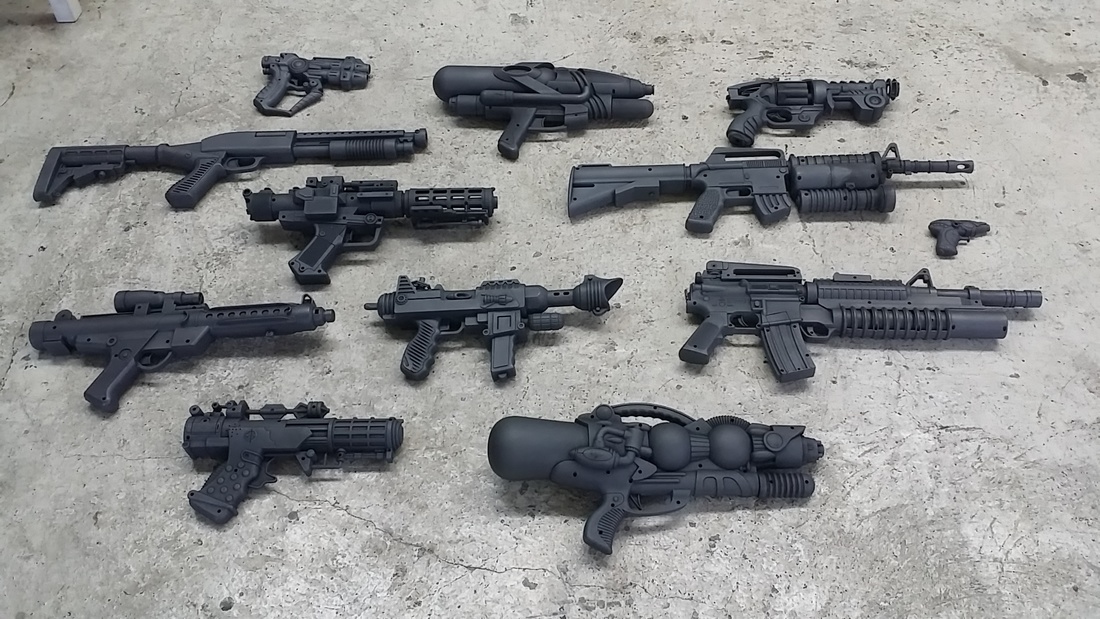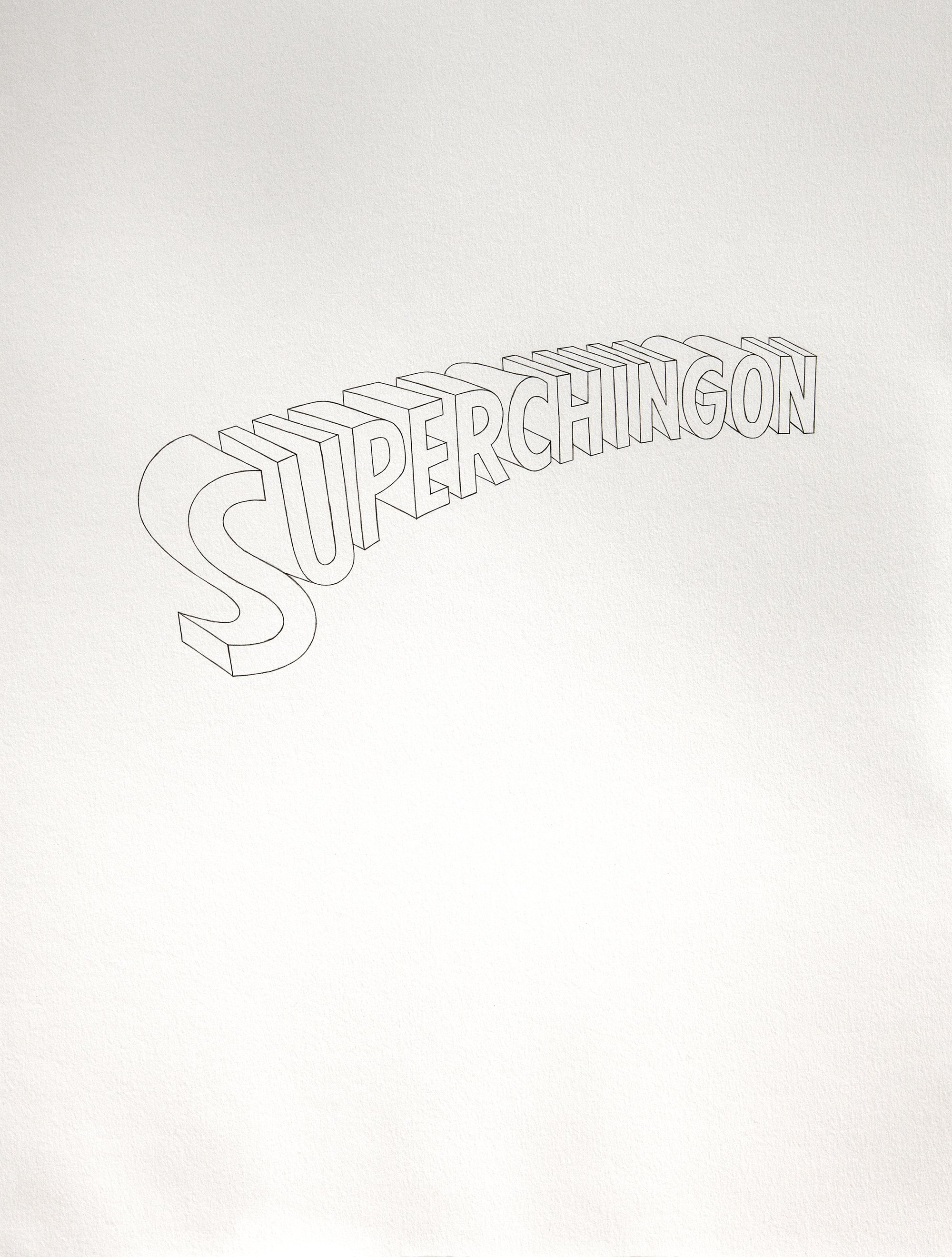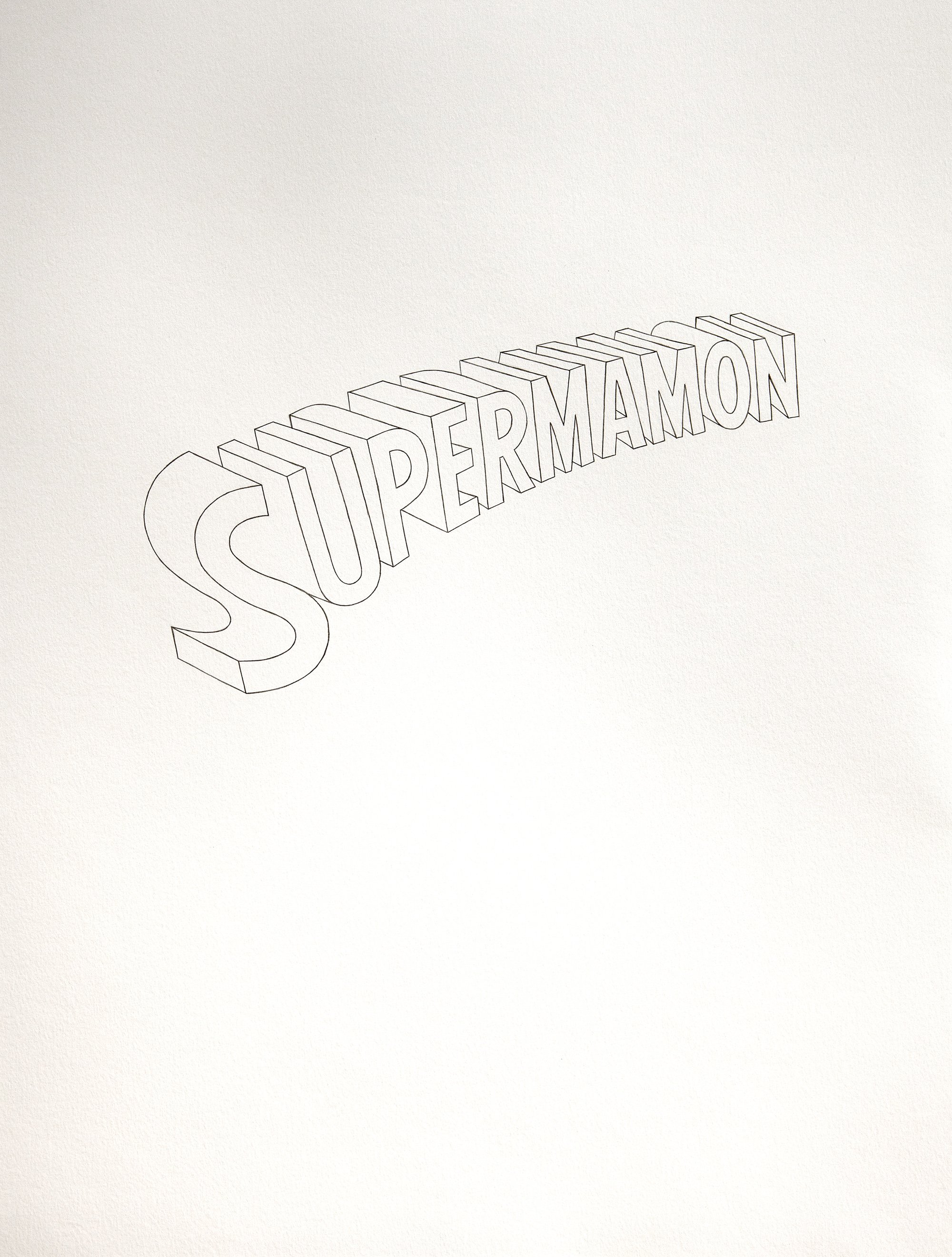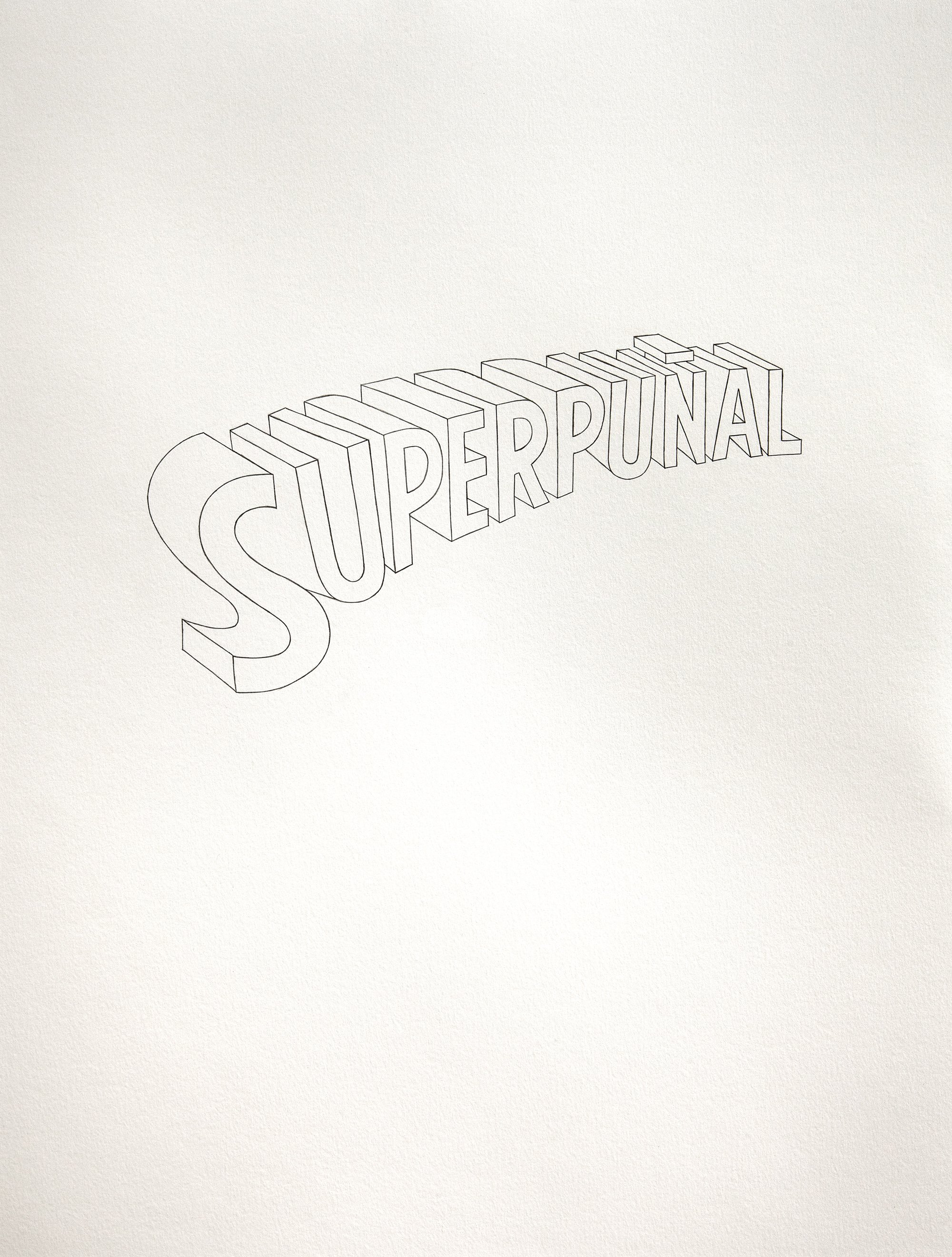Walterio Iraheta
He is very interested in issues related to human movement, the phenomenon of migration and hybrid cultures, is interested mixtures values and traditions among people of different regions.
Happy Meal "Happy Meal" is a process of transmutation of the underworld of mass culture to the highest echelons of contemporary art. These toys are rescued from the stores that sell second-hand American clothes, and after being touched by the artist's hand, they move into the windows of the most prestigious galleries, art collections and publications in the world.
This series faces the nature of the object and image and ends up producing exactly new objects and images. The graphite turns the toy into a pure object, an anti-image. Then, this anti-image is reproduced in photographs and paintings: images of anti-images.
Faraway Brother Style The photographic series Faraway Brother Style by Walterio Iraheta parodies the international publications by Taschen concerning architecture entitled New York Style, London Style or Paris Style, focusing on the emigrant architectural style in El Salvador: Faraway Brother Style. The term "hermano lejano" [faraway brother] refers to a friend or relative who emigrated from El Salvador, generally to the United States, and who sends back money that helps the family finances of the Salvadorians. Iraheta resorts to a photographic series to identify certain recurrent patterns in this new style.
He calls attention to substantial changes in the architecture of rural zones, where amongst modest houses there now begin to sprout “small-scale castles or palaces” of various floors. Built in an eclectic form that freely blends columns, decorative elements, colors, arches and ceramics of classic, baroque and kitsch style; or even the North American style of the shingled roof sloped for snow, transplanted into the hot climate of El Salvador. Iraheta’s series identifies the way of life of the Salvadoran emigrant as a particular style in its own right, like that of one of a metropolis; approaching the concept of style more in terms of a way of life than frivolous and arbitrary connotations of elegance or good taste.
My Feet are my Wings My Feet are my Wings is a collective of photographs in which exists an analogy between the object and the human being, the object as live matter, capable of evoking feelings and sensations, capable of passing on to us a large amount of information left in it, contained by the energy of the people who participated in its making and those who will then make use of it. The object is a symbol of power, a symbol of belonging, of tenacity, of status, of style, of necessity, history, the beginning and the end. The object gives testimony to space and time.
In certain cultures the shoe is viewed as a fetish, an object that incites or increases sexual desire. In Ancient China, for example, the women used to squeeze into tiny shoes because feminine small feet were considered very attractive. I imagine that these women reached the point of turning the practice into an instrument of torture, torture that the contemporary western woman seems to have not abandoned by wearing high heels for their pretext of elegance. There are people who believe that much can be said about a person by looking at his or her
shoes. By the color, the shape, how well the shoe is taken care of, its material, this object-the shoe-reveals details about its owner in an unsuspicious way.
In a certain way, this series is also a poetic, nostalgic work. When I was a boy, the economy did not treat my family very well, and owning a pair of shoes was something of extraordinary luck. Generally, they weren't the shoes that one loved to have, but they complied with my mother's expectations of durability. One of my most recurring dreams was to see me arrive home with boxes and boxes of new shoes. Converse All Stars of every color. I remember perfectly the smell of the new canvas, the rubber sole, waking in the morning with this sensation still so alive. The first thing I did was search for them under my bed. Obviously, the only thing I found was my regular shoes, ugly and sceptical, hard by themselves but that my memory now reproduces with a beauty that causes much emotion, an emotion that is extended to the sight of abandoned shoes buried in the road or tangled in the telephone pole cables. I always pick these shoes up when I can and take them to my studio hoping that at some moment they will talk to me and tell me their story as I get ready to photograph them.
Kryptonite “Is one of the most paradigmatic works by Salvadoran artist Waterio Iraheta. It implies a single word that transports us irremediably to that rarity which produced in Superman, the man of steel, effects contrary to those qualities that made him an indestructible superhero. However, Iraheta’s work is based on the antithesis of the perfect hero archetype – a corpulent figure with Anglo-Saxon features and an impeccable appearance. First of all, his story begins with the representation of a super-boy with clearly local features, a boy who from up on high, amidst the clouds, is posed in the classic position, his hands on his waist to better show the “S” that covers his chest. This new version of the man of steel provokes a series of readings that put the myth in question and then, by substitution, propose a reconsideration of the limits of heroism. Who are the real heroes? Without a doubt, they are those who lack supernatural powers and yet still resolve the problems of existence in the planetary realm where madness and extreme deficiencies dwell.
“Kryptonite also explores the object representation of the mythical character from the world of comic books, evoking that silent conversation that every child has with his or her toys. In this personification of the alter ego, Superman shares his existence with those religious objects from childhood that accumulated in domestic alters, in treasure boxes or on nightstands, becoming the last thing one sees at night and thereby the main constructor of the dreamed world. Given their hypothetical parallel existence, the characters speak to each other, exchanging wisdom, beliefs, existential worries or flying lessons.” Rosina Casali. Guatemala, October 2004
BIO
Walterio Iraheta (El Salvador, 1968)
Walterio Iraheta studied graphic arts at the José Matías Delgado University of El Salvador, in the Chicago Cultural Center, USA and the School of Visual Arts La Esmeralda, Mexico. He received first place in the Biennial Paiz Art of El Salvador 2007, an honorable mention in the contest of contemporary art of Palma de Mallorca, Spain 2004 and the first prize at the Biennial of Contemporary Art of Central America 1998, among others . He has participated in the Bienal de Valencia - São Paulo, 2008; in the X Havana Biennial 2009; the first Biennial of Pontevedra in 2010 and the 54th Venice Biennale 2011. So far, has more than 35 personal exhibitions and over 150 collective.
Right now he is very interested in issues related to human movement, the phenomenon of migration and hybrid cultures, is interested mixtures values and traditions among people of different regions. Lives and works in San Salvador, El Salvador





